The year 1971 was a turbulent time on college campuses all across America. Newscasts were full of antiwar protests, civil-rights marches, and sit-ins with loudspeakers blaring the words of Bob Dylan’s eclectic poetry and the songs of screamin’, whiskey-voiced Janis Joplin. As a student at a small college in South Dakota, I desperately needed a challenge—a major change, something radical and outlandish. I longed to upset the whole program, question authority, move to a foreign country, and exchange this reality for a new set of faces, a new location, a new language.With more daring than common sense, I began the search for an adventure. Amsterdam or Copenhagen? Kathmandu or Timbuktu? Oslo? Oslo. For this disgruntled college student, the fjords and mountains of Norway seemed irresistible. I had Norwegian ancestors and knew a handful of words and some basic phrases. The countryside rivaled the Swiss Alps and university was tuition-free. An excellent choice!With a backpack, an overstuffed duffle bag, and soaring expectations, I began a year of university life at 60° north. Autumn brought cold mountain winds and winter brought on darkness. The Norwegian language became an obsession. I spent hours walking the cobblestone streets of Oslo, immersed in the living language and culture. On many a winter day I found inspiration in the wooden ships in the harbor, their decks blanketed with snow, their rigging whistling in the darkness.
Join The Conversation
We welcome your comments about this article. To include a photo with your remarks, click Choose File below the Comment box.
Comments (8)
Comments are closed.

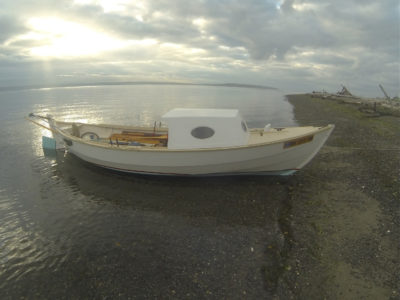
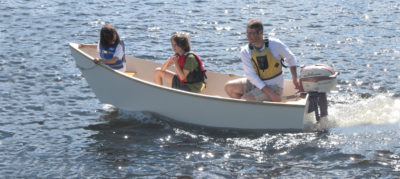
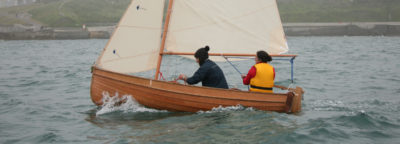

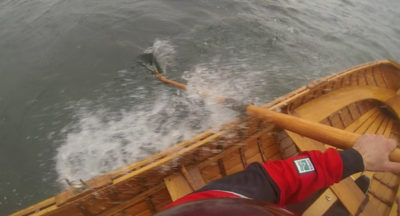
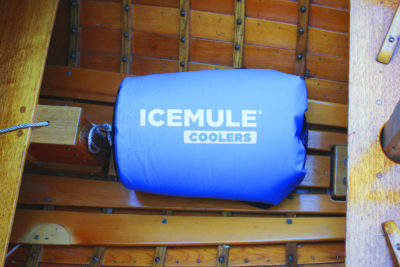
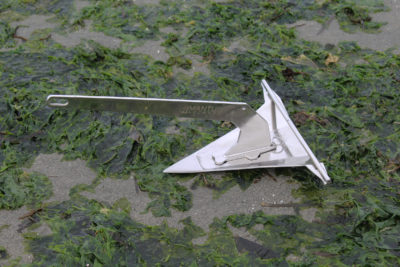
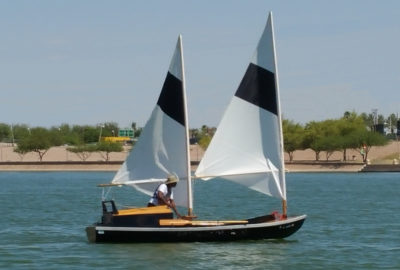
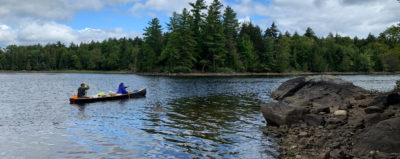
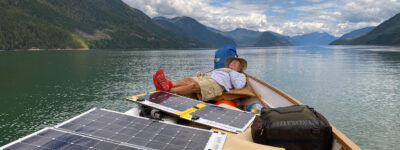
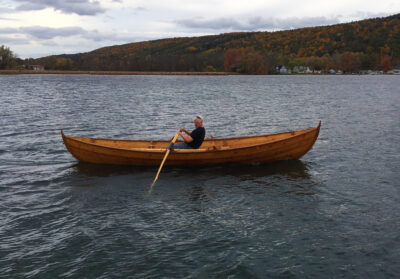
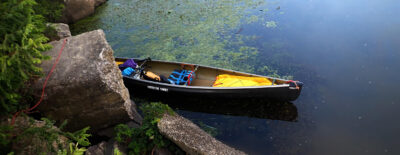
Saw a video of this boat on Off Center Harbor, and was excited to read this in-depth article. The lines, craftsmanship, and simplicity are inspiring.
A dipping lug rig, it appears. Never tried one, but Phil Bolger regards the rig as a very powerful one.
An amazing story of craftsmanship and passion.
Both are a basic requirement in my mind to
build such beautiful boats. Thanks.
Oh to have such skill as to be able to take a hatchet and cut the sweet curve of the sheer. I am forever amazed at the skill and eye for beauty of my Norwegian ancestors. Wonderful article.
Beautiful boat, and a well written article. My set of skills will only allow me to produce pale plywood approximations, but I do really appreciate the real thing. Your boat stirs the soul, and connects to history and the Earth itself. Congratulations.
Fascinating article! I am interested in your comments on the direction of the grain on the keel timber relative to the T-shape. Looking at the end of a log, where on the face of the log is the best place to take the 6”x10” timber from? Of course the diameter of the log is going to make a difference. Are there considerations to prevent the keel from breaking from the lateral force of water resistance when under sail?
Is that a dipping lug? Looks like a square sail tacked up to go to windward.
What a wonderful and inspiring story, Jay! My dreams were of a similar path in the ’70s. I went so far as to get an application from the school in Saltdal [Norway]. In the end, though, other obligations kept me from attending. At the time I did build a copy of a Faeroese Four-Man Boat, based on one built by Niklas Koltri, of Torshavn, who’s boat is at the Norse Heritage Museum in Ballard. Paul Schweiss, formerly of Tacoma, kindly supplied me with measurements, patterns and photos. Currently I’m reading “Nordladsbåten og Åfjordsbåten”–dictionary in hand–by Gunnar Eldjarn and Jon Godal. By the time I finish I figure I’ll at least be able to read Norwegian, though speaking and understanding may be a bit sketchy, then I’ll attempt to build a Nordlands Faering.
A question for you please: would you describe the process of carving the garboards? I’ve seen some photos, some using axe, others by hollowing by using a saw, as in your picture, but how do you figure out the twist, necessary for the plank to fasten to the stem? Does it come from the natural twist in the log, or can it be developed from a thicker plank? I’m so in the dark about this I’m not sure I’m even asking the right questions. Thank you again for a great story.